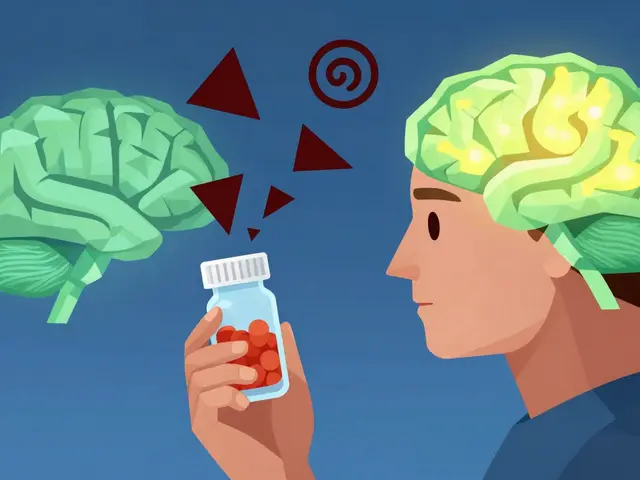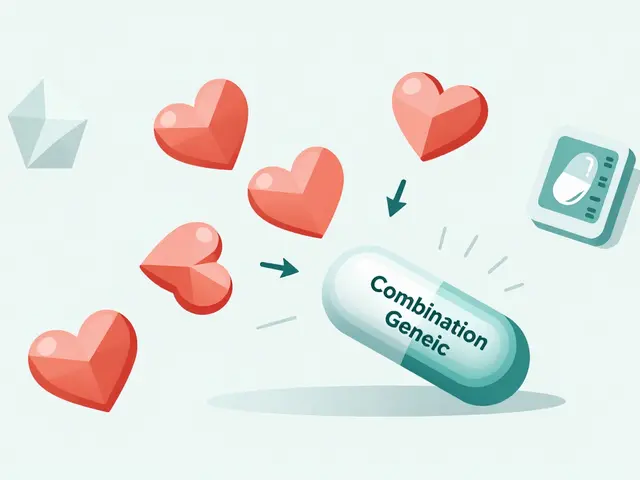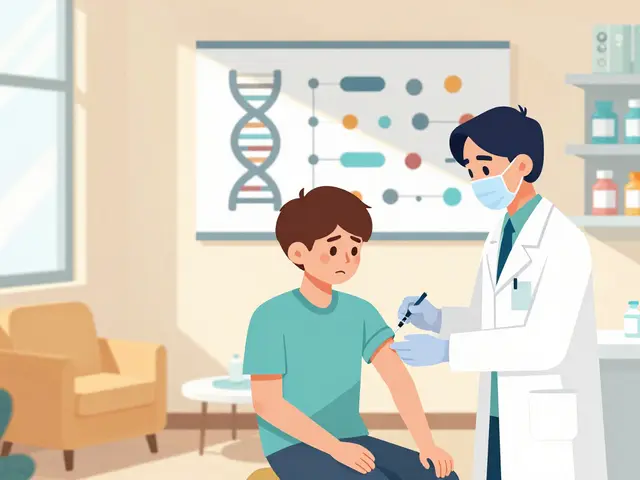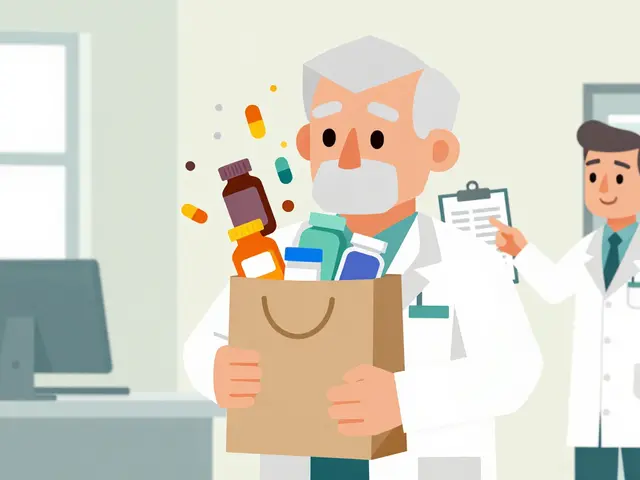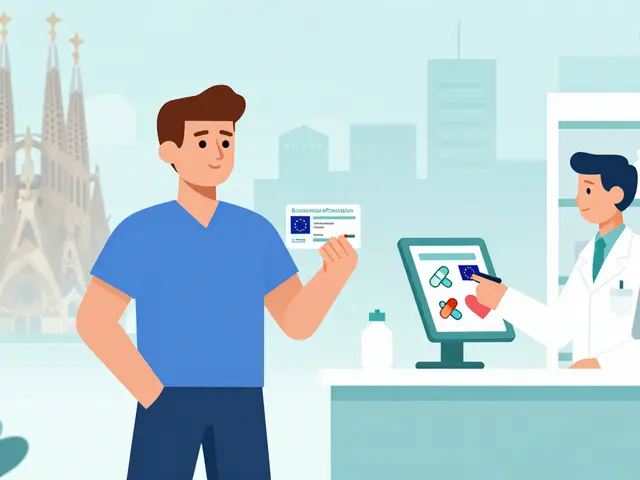Diagnosis: Practical Guides for Symptoms, Tests, and Medication
If you’re trying to figure out what’s wrong, start with clear steps you can use today. Track symptoms (what, when, how long), note medicines and supplements you take, and record any recent infections or injuries. A simple symptoms log saved on your phone or a notebook makes clinic visits more useful and keeps your provider from missing patterns.
Use reliable pages that explain common signs, suggested tests, and what results mean. On this site you’ll find articles that break down conditions and medications in plain language — for example pieces on thyroid treatment with levothyroxine, heart meds like Toprol, or managing withdrawal from gabapentin. Read the symptoms, the usual tests, and the next steps. Don’t skip the “side effects” and “drug interactions” sections; those often point toward a diagnosis or a different cause.
How to interpret tests and reports
Lab numbers can look scary. Focus on one test at a time: what was measured, what normal ranges are, and whether your value is high or low. If a report uses unfamiliar words, search the specific term plus “normal range” on a trusted medical site. If a test result doesn’t match your symptoms, that’s a cue to ask your provider for repeat tests or a referral. Bring your symptoms log and any medication list — even over-the-counter drugs can affect results.
When to get help and what to ask
Red flags that need prompt care include sudden chest pain, trouble breathing, severe weakness, or high fever. For non-emergencies, use focused questions when you see a clinician: What test will confirm this? How sure are you of the diagnosis? What are the treatment options and risks? Ask how medication choices might interact with what you already take — articles here on terazosin interactions or erythromycin side effects show common problem combos.
You can learn a lot before a visit. Read guides on common treatments, like alternatives to diabetes drugs or options for COPD inhalers, so you can discuss risks, costs, and convenience. If you shop for meds online, pick pharmacies with clear contact info and require prescriptions; check our reviews on online pharmacies and safe buying tips for antibiotics and other drugs.
Diagnosis often takes time and small adjustments. Track how treatments affect symptoms, share that data with your clinician, and don’t be shy about asking for a second opinion if progress stalls. Use this tag page as a launch point — browse the posts for condition-specific guides, drug safety warnings, and practical how-to pieces that help you and your provider reach the right answer faster.
Quick tips: save photos of rashes or injuries, note which meals make symptoms worse, and keep a digital copy of lab results. When a medication is started, set a reminder to re-evaluate within a set time. If cost or access is an issue, check our articles on discount services and alternative drugs to find safer, cheaper choices before switching treatments. Keep notes, ask questions, and demand clear answers.
As a blogger, I've come across many questions regarding syphilis testing. In this summary, I want to provide you with everything you need to know about it. Syphilis tests are crucial for early detection and treatment of the infection. These tests mainly include blood tests, but sometimes other methods like swabs and spinal fluid tests are used. Remember, it's essential to get tested if you suspect you may have been exposed to syphilis, as early treatment can prevent long-term complications.
Continue reading...

